There’s more than one right way to cook a turkey! Choose your technique based on your skill level, available time, and desired flavor and texture. Done right, each of the following methods will yield a juicy, flavorful bird … but how you get to that end result is up to you!
Beginner: Roast Turkey in Parts
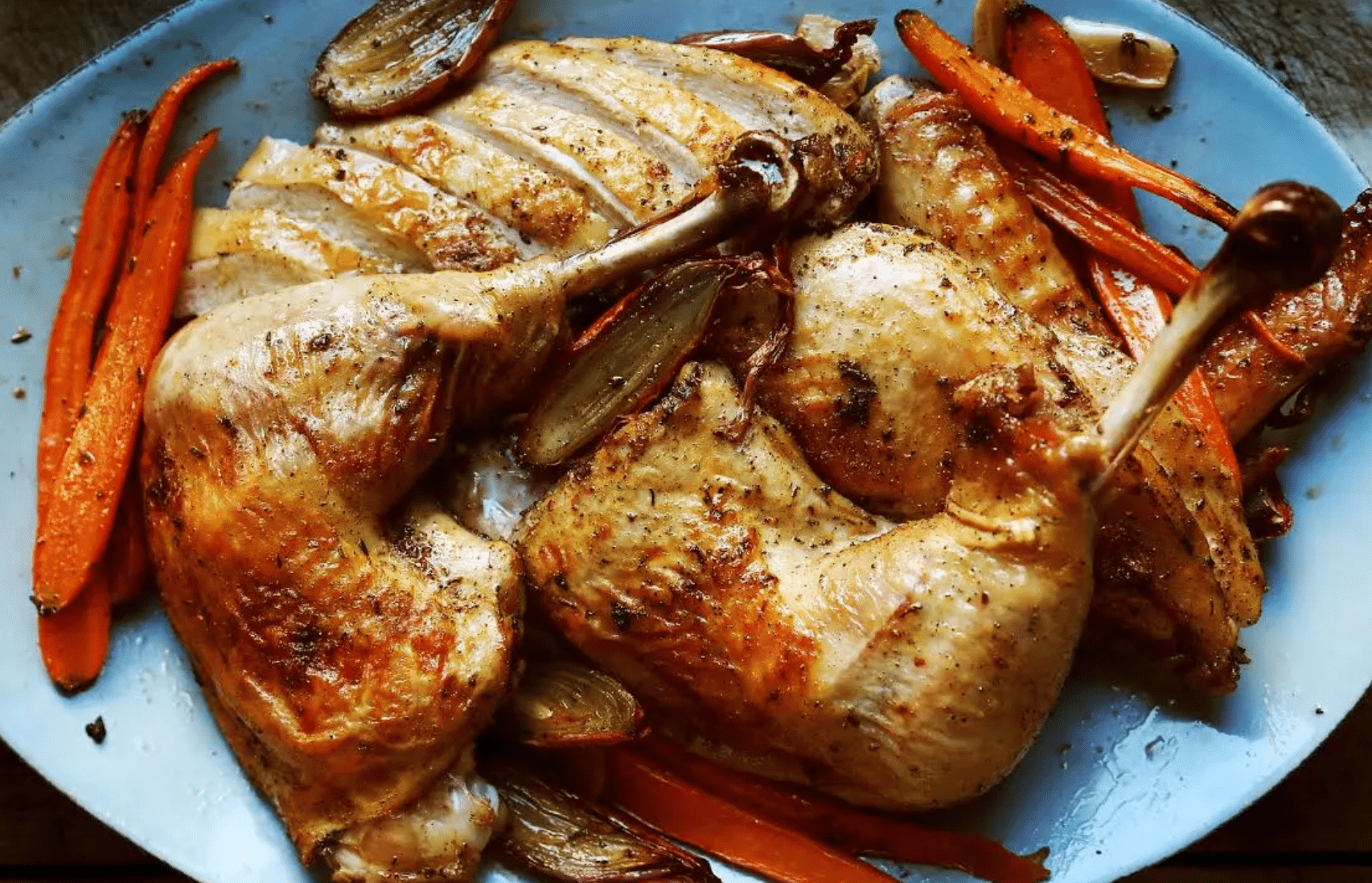
There are two major benefits to cutting up your turkey and roasting its parts separately. First, you can have Thanksgiving dinner on the table in half the time, thanks to the smaller pieces. Second, it allows the meat to cook more evenly. As an added bonus, as pointed out by Saveur, this method will free up tons of oven space for the all-important sides!
In addition to its advantages, this method for cooking turkey is extremely beginner-friendly. The biggest disadvantage is presentation. Consider cutting the turkey into slices before serving to help camouflage the look.
Beginner: Braised Turkey Legs

To braise a piece of meat, you’ll lightly fry it and then stew it in a closed container, allowing the meat to soak up all sorts of flavorful juices as it cooks. Turkey legs take especially well to this beginner-friendly technique. This method also makes the bird easier to carve, and you won’t have to worry for a minute about dry meat.
This recipe from Bon Appétit is a great place to start. Be warned, though: Braising means you won’t have any crispy skin, and you’ll have to consider how you’d like to present the pieces of turkey in an appealing way.
Intermediate: Dry-Brined and Smoked
Expert pitmaster Barrett Black of The Original Black’s Barbecue in Lockhart showed us how to pick the perfect bird, trim excess fat, season it just right for a dry brine, do some extra prep for the smoker, and then send it for a low and slow smoking. This method is not only ultra low maintenance, but it frees up much-needed oven space, allows you to maintain moisture in your bird, and invites all kinds of flavor experimentation.
Two of the cons that come along with this method are: (1) it’s a time-consuming cooking process, so be prepared to get started the day before; and (2) you’ll need a large smoker in order to take advantage of this cooking method.
Intermediate: Whole-Roasted Turkey
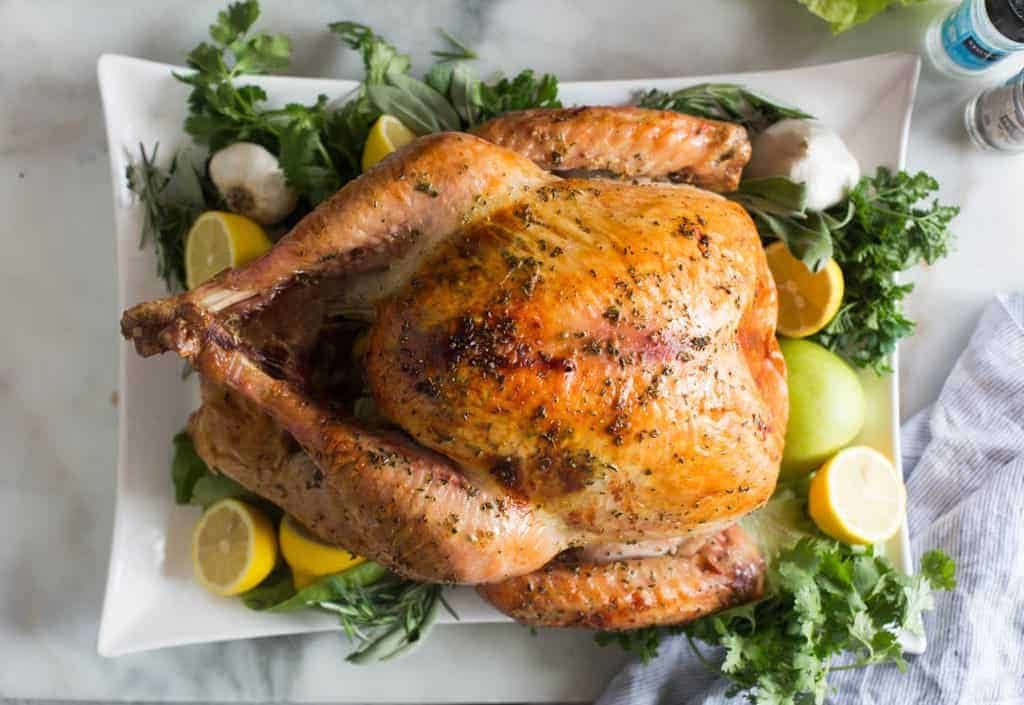
A major pro of the whole-roasting method is the traditional, gorgeous look of the turkey at the center of the table (like the one above from Tastes Better from Scratch). Whole roasting is without a doubt the most picturesque way to cook Thanksgiving dinner, and it ensures you can also produce a classic turkey gravy.
There is one major con to this method. Whole roasting works best for smaller birds, as large turkeys can cook unevenly, resulting in dry meat on the outside sections. For that reason, this cooking style is ranked as intermediate, as you’ll need a sharp eye for doneness.
Intermediate: Spatchcocked Turkey
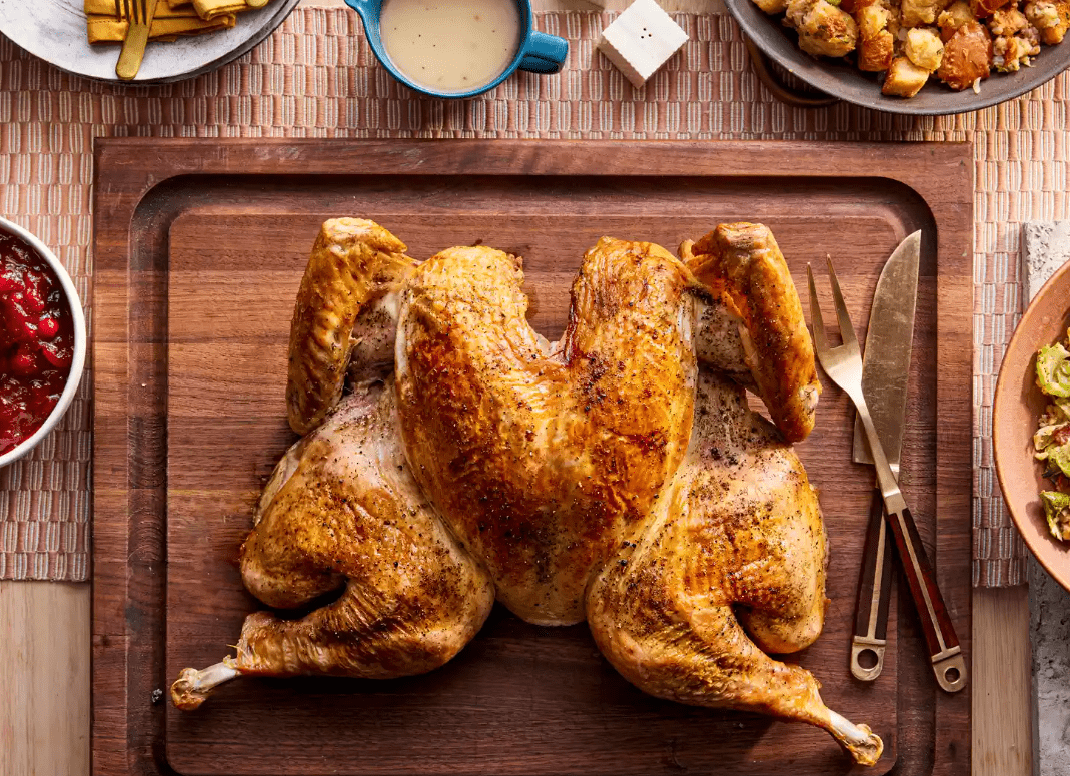
To spatchcock a turkey, you must cut out the backbone and lay it flat, producing a more even cooking surface (and often less dry meat). You’ll also find the turkey has more crispy skin and will cook faster than a turkey in its traditional form. This recipe from Serious Eats is a great blueprint for this method.
There are several disadvantages to spatchcocking, however. Mainly, the actual act of deboning can be challenging. If you aren’t comfortable doing it yourself, you’ll have to find a local butcher to tackle the task for you. Plus, the look of a flattened turkey can’t compete with a whole-roasted bird.
Advanced: Deep-Fried Turkey
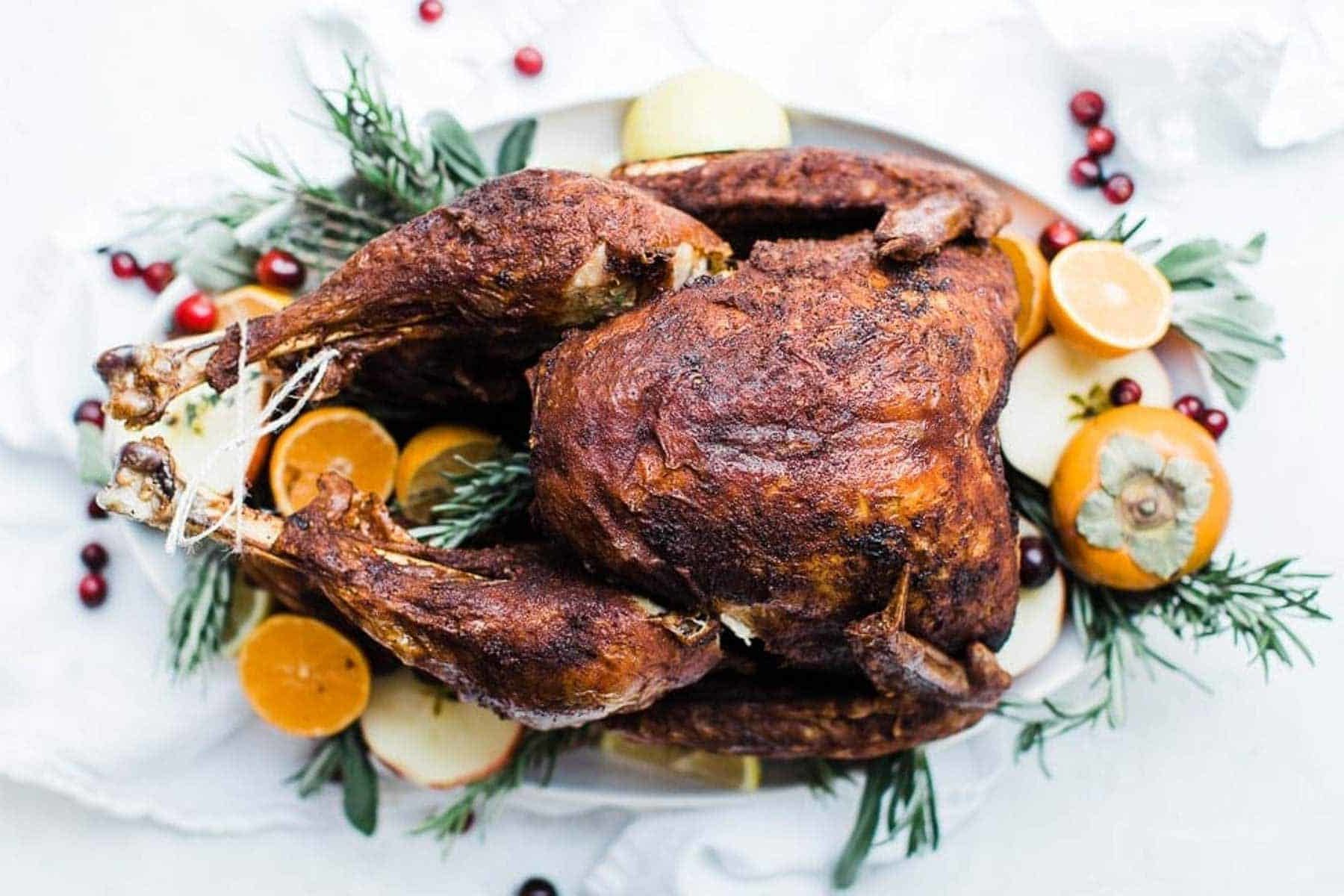
When done correctly, deep-fried turkey results in incredibly crispy skin, a tender, juicy interior, and big flavor. Oh So Delicioso’s recipe includes a turkey injection to ensure that the interior remains moist throughout the entire cooking process.
The biggest con to this method? It’s dangerous! Cooks need to be confident in their deep-frying skills and be armed with the proper safety tools before taking on this method. It can also be difficult to time your light and dark meat cooking through at the same time.
Advanced: Turkey Roulade
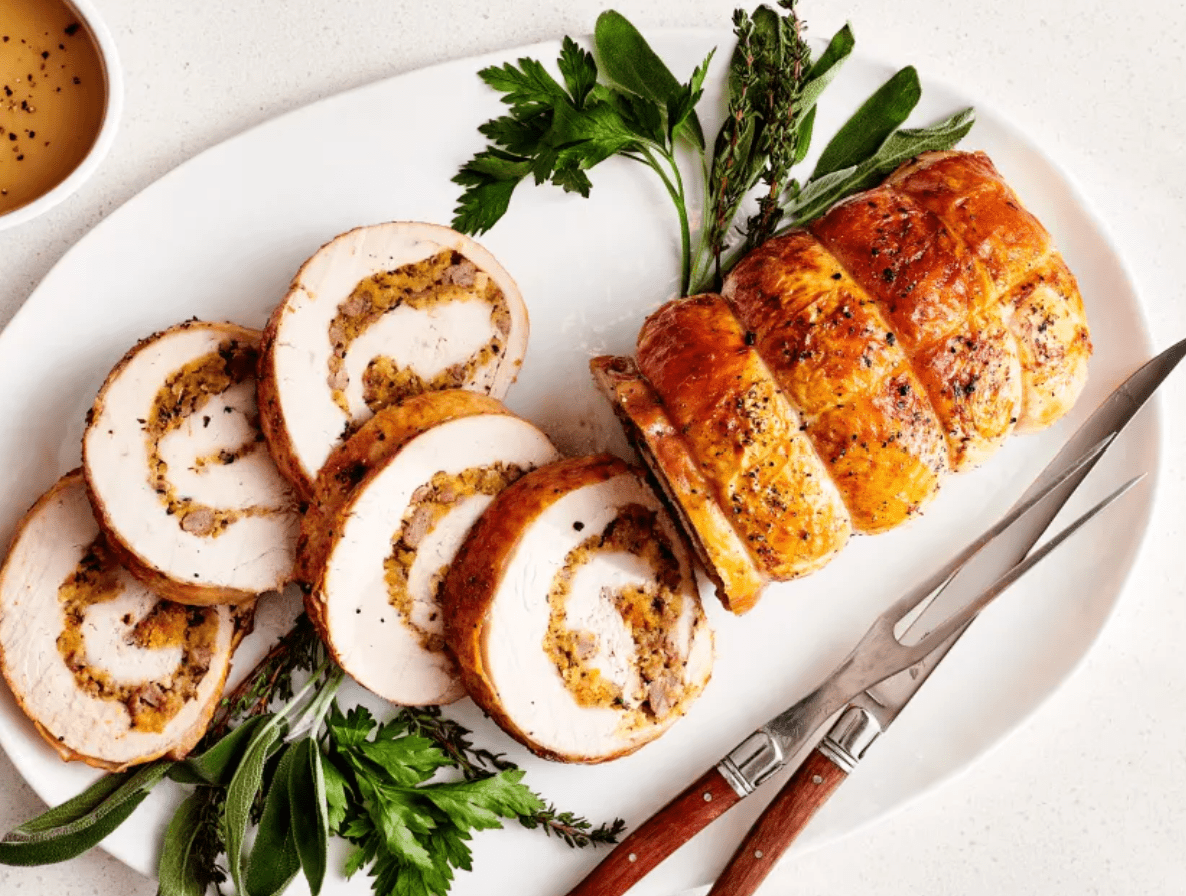
A roulade is any dish that’s filled and rolled. In this Kitchn recipe, Thanksgiving turkey gets the royal treatment with a homemade stuffing filling!
Roulade will result in incredibly tender, moist turkey meat, a gorgeous presentation, and maximal flavor impact. The major disadvantage of this method is the lack of dark meat. This recipe also requires quite a bit of prep, so it’s best served at smaller gatherings where everyone can get their fill of this showstopping main!













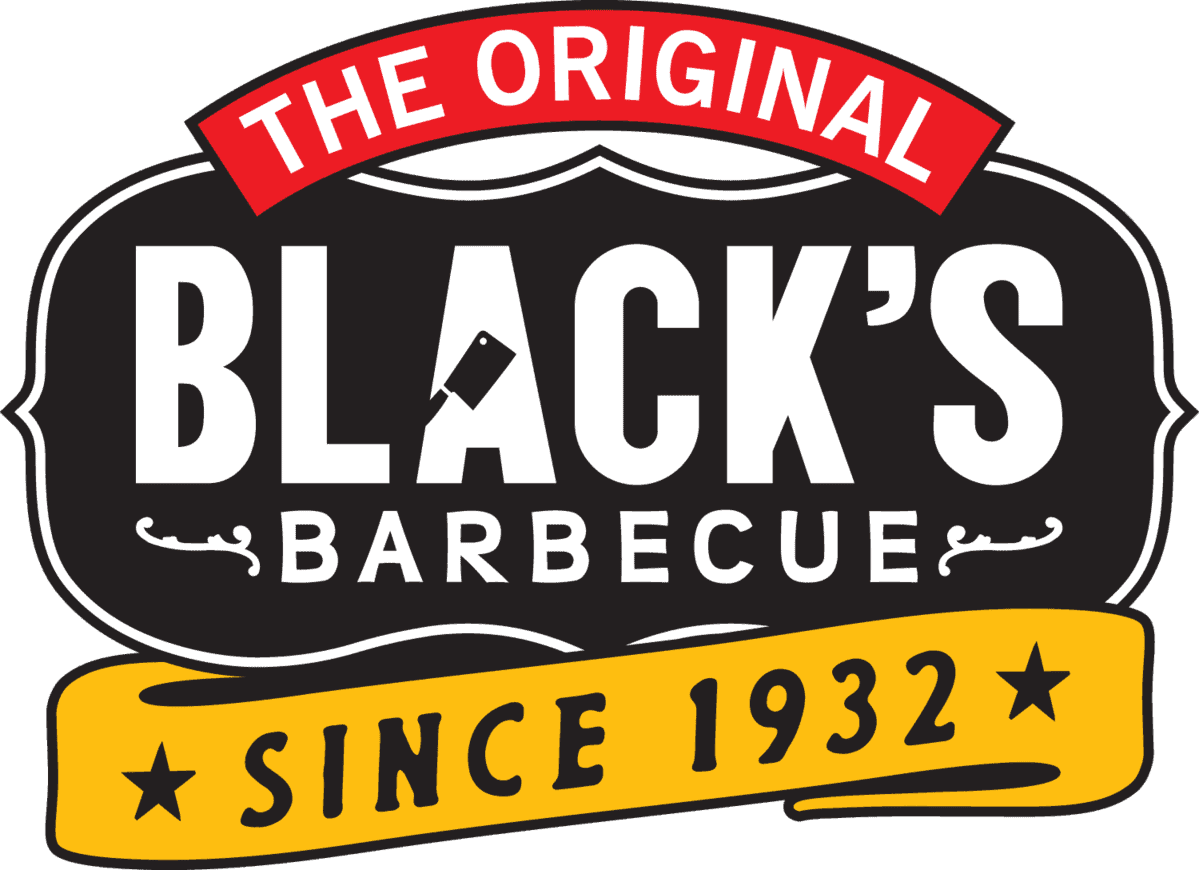










Leave a Reply